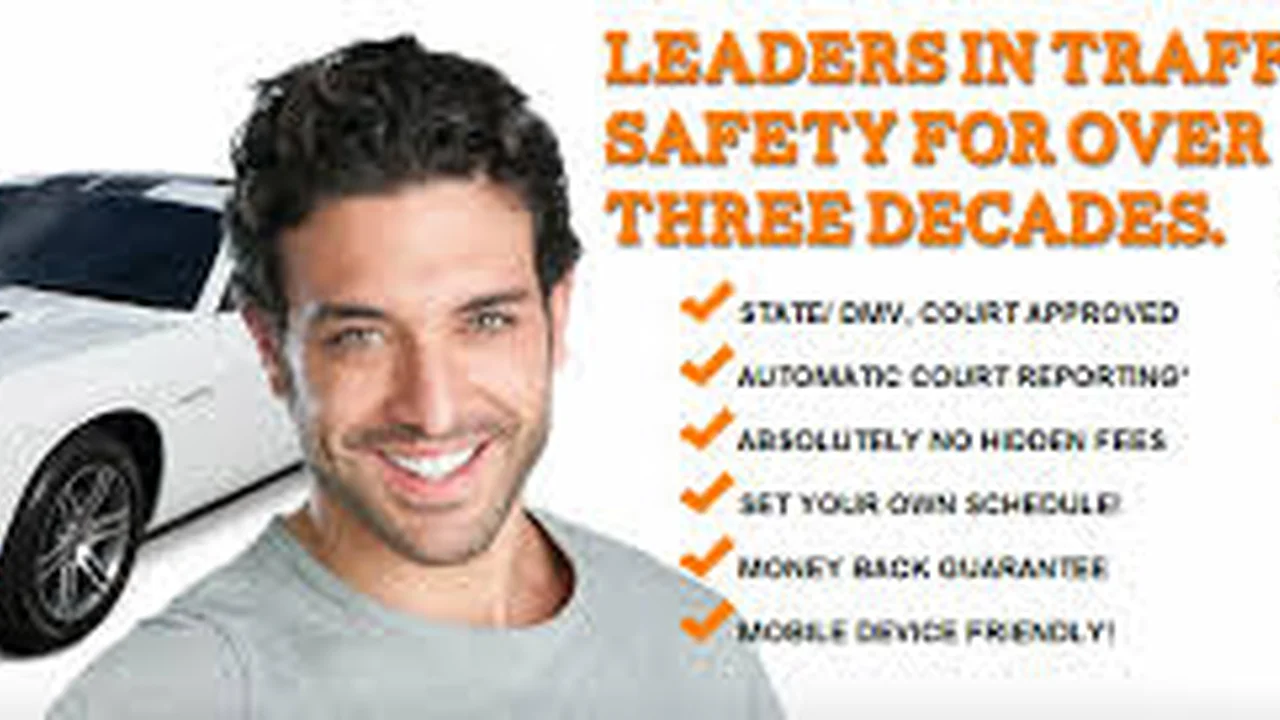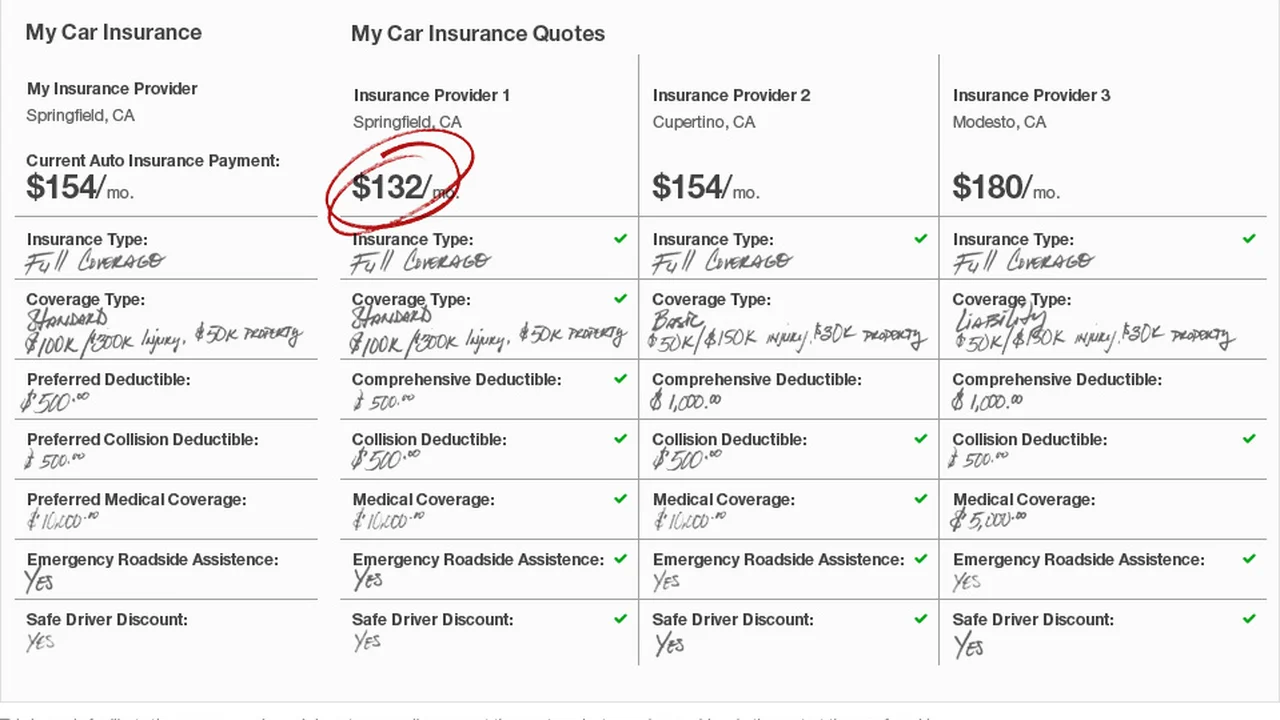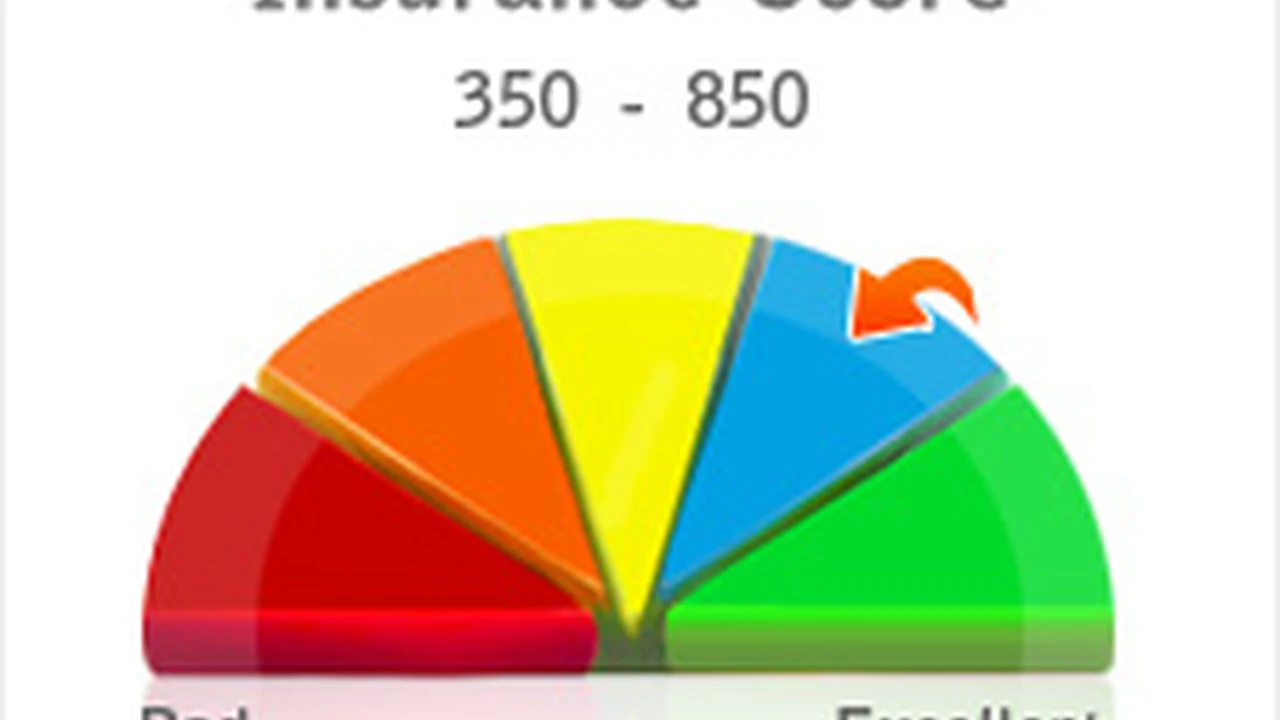Limited Tort vs. Full Tort: Choosing the Right Option in [State Name]

Understanding Tort Options Car Insurance [State Name]
Okay, so you're trying to figure out car insurance in [State Name], and you keep seeing "limited tort" and "full tort" thrown around. What's the deal? Basically, it boils down to your right to sue after a car accident. Let's break it down in plain English.
Think of "tort" as the legal word for a civil wrong – in this case, someone causing you harm in a car accident. "Limited" and "full" tell you how much of your right to sue you're giving up in exchange for (usually) a lower insurance premium.
Limited Tort Advantages and Disadvantages Cost Savings [State Name]
With limited tort, you're agreeing that you generally can't sue for "pain and suffering" unless your injuries are considered "serious." This is where things get a little murky. What's "serious"? The law usually defines it as death, serious impairment of bodily function, or permanent disfigurement. A broken arm? Probably. Whiplash that lingers for a few weeks? Maybe not. The insurance company gets to argue about it, that's for sure!
The Upside: Limited tort usually means cheaper car insurance. You're limiting the insurance company's potential payouts, so they charge you less. Think of it as a gamble – you're betting you won't be seriously injured.
The Downside: If you're hurt but your injuries don't meet the "serious" threshold, you can still recover medical expenses and lost wages, but you can't sue for the emotional distress, inconvenience, and general awfulness that can come with being injured in a car accident. Also, there are exceptions! Even with limited tort, you can sue for pain and suffering if you're hit by a driver from out of state, a drunk driver, or someone driving a commercial vehicle. Confused yet?
Full Tort Benefits and Drawbacks Legal Rights [State Name]
Full tort gives you the unrestricted right to sue for pain and suffering, no matter how "serious" your injuries are. Even if you just have a mild case of whiplash, you can still pursue a claim for the impact the accident had on your life. Missed work? Couldn't enjoy your hobbies? Full tort allows you to be compensated for that.
The Upside: Peace of mind. You have the right to seek full compensation for all your damages, physical and emotional. If you're involved in an accident, you don't have to worry about whether your injuries are "serious enough."
The Downside: Full tort costs more. The insurance company is taking on more risk, so they charge you a higher premium. How much more? It varies, but expect to pay anywhere from 10% to 30% more than you would with limited tort. Think of it as buying extra protection.
Choosing the Right Option Limited vs Full Tort Factors to Consider [State Name]
So, how do you decide? Here are some things to consider:
* **Your budget:** Can you afford the higher premium for full tort? If money is tight, limited tort might be the only option. * **Your risk tolerance:** Are you comfortable taking the risk that you might not be able to sue for pain and suffering? * **Your health insurance:** Do you have good health insurance that will cover your medical expenses? If so, limited tort might be a reasonable option. * **Your driving habits:** Do you drive a lot? Do you drive in areas with high accident rates? If so, full tort might be a better choice. * **Your family situation:** Do you have dependents who rely on you? If so, full tort might be a good idea to protect their financial future in case you're seriously injured.Car Insurance Products and Recommendations [State Name]
Alright, let's talk specific insurance products. Remember, I can't give specific financial advice, and you should always shop around and get quotes from multiple companies. But I can give you some examples of what to look for.
Progressive Car Insurance Quotes and Coverage Options [State Name]
Progressive is a well-known insurance company that offers both limited and full tort options in [State Name]. They're known for their online quoting tool and their "Name Your Price" tool, which lets you input the amount you're willing to pay and see what coverage options are available at that price point.
Coverage Options: Progressive offers standard coverages like liability, collision, and comprehensive. They also offer some interesting add-ons, like accident forgiveness and deductible savings programs.
Use Case: Progressive is a good option for tech-savvy drivers who want to get quick quotes online and customize their coverage. Their "Name Your Price" tool can be helpful if you're on a tight budget.
Pricing: Progressive's pricing is generally competitive, but it can vary depending on your driving record and other factors. Expect to pay more for full tort coverage.
State Farm Car Insurance Agent Support and Policy Details [State Name]
State Farm is another major insurance company that offers both limited and full tort options in [State Name]. They're known for their network of local agents and their personalized service.
Coverage Options: State Farm offers a wide range of coverage options, including liability, collision, comprehensive, and uninsured/underinsured motorist coverage. They also offer add-ons like roadside assistance and rental car reimbursement.
Use Case: State Farm is a good option for drivers who prefer to work with a local agent and want personalized advice. Their agents can help you understand the different coverage options and choose the right policy for your needs.
Pricing: State Farm's pricing is generally competitive, but it can vary depending on your driving record and other factors. Expect to pay more for full tort coverage.
Erie Insurance Customer Satisfaction and Affordable Rates [State Name]
Erie Insurance is a regional insurance company that's known for its high customer satisfaction ratings and its competitive rates. They offer both limited and full tort options in [State Name].
Coverage Options: Erie offers standard coverages like liability, collision, and comprehensive. They also offer some unique add-ons, like Rate Lock, which guarantees that your rates won't increase unless you make changes to your policy or have an accident.
Use Case: Erie is a good option for drivers who value customer service and want a reliable insurance company with competitive rates. Their Rate Lock feature can provide peace of mind.
Pricing: Erie's pricing is generally very competitive, especially for drivers with good driving records. Expect to pay more for full tort coverage.
Comparing Car Insurance Options Progressive vs State Farm vs Erie [State Name]
Let's compare these three options side-by-side:
| Feature | Progressive | State Farm | Erie | | ---------------- | -------------------------------------------- | -------------------------------------------- | --------------------------------------------- | | Online Quoting | Excellent | Good | Limited | | Agent Support | Limited | Excellent | Good | | Coverage Options | Good | Excellent | Good | | Customer Service | Average | Above Average | Excellent | | Pricing | Competitive | Competitive | Very Competitive | | Unique Feature | "Name Your Price" tool | Local Agents | Rate Lock |Ultimately, the best car insurance company for you will depend on your individual needs and preferences. Shop around, get quotes from multiple companies, and read reviews before making a decision. And don't forget to ask about the difference between limited and full tort!
Understanding Car Insurance Costs Factors Affecting Premiums [State Name]
So, what exactly makes car insurance prices jump around like a frog in a blender? It's a complex mix of factors, but let's break down some of the biggest contributors to your premium in [State Name]:
* **Your Driving Record:** This is a HUGE one. Clean record? You're golden. Accidents, tickets, DUIs? Expect your rates to skyrocket. Insurance companies see your driving history as a predictor of future risk. The more incidents you have, the more likely they think you are to file a claim. * **Your Age and Gender:** Statistically, younger drivers (especially males) are more likely to be involved in accidents. As a result, they typically pay higher premiums. Rates usually decrease as you get older and gain more driving experience. * **Your Credit Score:** Believe it or not, your credit score can affect your car insurance rates in many states (including [State Name] – double check this!). Insurance companies argue that people with lower credit scores are more likely to file claims. * **The Type of Car You Drive:** Sports cars and luxury vehicles are generally more expensive to insure than sedans or minivans. This is because they're more likely to be stolen or damaged, and repairs can be more costly. * **Where You Live:** Urban areas with high traffic density and crime rates tend to have higher insurance premiums than rural areas. Your zip code plays a significant role in determining your risk profile. * **Your Coverage Choices:** As we've already discussed, choosing full tort over limited tort will increase your premium. Similarly, opting for higher liability limits and lower deductibles will also result in higher costs. * **Discounts:** Always ask about discounts! Many insurance companies offer discounts for things like being a safe driver, having multiple policies with the same company (bundling), being a student, or being a member of certain organizations.Tips for Saving Money on Car Insurance Comparing Quotes and Discounts [State Name]
Alright, so you're armed with the knowledge of what drives up insurance costs. Now, let's talk about strategies to bring those numbers down! Here are some actionable tips for saving money on car insurance in [State Name]:
* **Shop Around!** This is the most important tip. Don't just stick with the first insurance company you find. Get quotes from multiple companies (at least three) to compare rates and coverage options. Use online comparison tools or work with an independent insurance agent who can shop around for you. * **Increase Your Deductible:** Your deductible is the amount you pay out-of-pocket before your insurance coverage kicks in. Raising your deductible can significantly lower your premium. Just make sure you can afford to pay the higher deductible if you have an accident. * **Bundle Your Insurance Policies:** Many insurance companies offer discounts if you bundle your car insurance with other policies, such as homeowners insurance or renters insurance. * **Maintain a Good Driving Record:** This is obvious, but it's worth repeating. Drive safely, avoid accidents and tickets, and your rates will be lower. * **Improve Your Credit Score:** As mentioned earlier, your credit score can affect your insurance rates. Pay your bills on time, keep your credit balances low, and avoid opening too many new accounts. * **Take a Defensive Driving Course:** Some insurance companies offer discounts to drivers who complete a defensive driving course. * **Review Your Coverage Annually:** Your insurance needs may change over time. Review your coverage annually to make sure you're not paying for coverage you don't need. For example, if you have an older car, you may not need collision coverage. * **Ask About Discounts!** Seriously, don't be shy. Ask your insurance agent about all available discounts. You might be surprised at what you qualify for. * **Consider Usage-Based Insurance:** Some insurance companies offer usage-based insurance programs that track your driving habits and reward safe drivers with lower rates. * **Pay in Full:** If you can afford it, paying your insurance premium in full upfront can often save you money compared to paying in monthly installments.Understanding Uninsured and Underinsured Motorist Coverage Protecting Yourself [State Name]
Let's face it, not everyone on the road is responsible or adequately insured. That's where uninsured and underinsured motorist coverage comes in. These coverages protect you if you're hit by a driver who doesn't have insurance (uninsured) or doesn't have enough insurance to cover your damages (underinsured).
* **Uninsured Motorist Coverage (UM):** This coverage pays for your medical expenses, lost wages, and pain and suffering if you're injured by an uninsured driver. It also covers you if you're hit by a hit-and-run driver. * **Underinsured Motorist Coverage (UIM):** This coverage kicks in when the at-fault driver's insurance policy limits are not sufficient to cover your damages. For example, if you have $100,000 in medical expenses and the at-fault driver only has $50,000 in insurance coverage, your UIM coverage would pay the remaining $50,000 (up to your policy limits).It's important to note that UM and UIM coverage typically only cover bodily injuries. They don't cover damage to your vehicle. For that, you'll need collision coverage.
How much UM and UIM coverage should you get? It depends on your individual circumstances, but it's generally recommended to have at least the same amount of UM and UIM coverage as your liability coverage. In other words, if you have $100,000 in liability coverage, you should also have $100,000 in UM and UIM coverage.
Think of UM and UIM coverage as a safety net. You hope you never need it, but it's there to protect you if the worst happens.
The Impact of Technology on Car Insurance Telematics and Safe Driving Apps [State Name]
Technology is rapidly changing the car insurance landscape. Telematics and safe driving apps are becoming increasingly popular, and they have the potential to revolutionize how insurance companies assess risk and price policies.
* **Telematics:** Telematics devices are installed in your car and track your driving habits, such as your speed, acceleration, braking, and mileage. The data collected by these devices is then transmitted to your insurance company. * **Safe Driving Apps:** Safe driving apps use your smartphone's sensors to track your driving habits. These apps can detect things like speeding, hard braking, distracted driving (using your phone while driving), and drowsy driving.Insurance companies use the data collected by telematics devices and safe driving apps to assess your risk and offer personalized discounts. If you're a safe driver, you could potentially save a significant amount of money on your car insurance.
However, there are also some potential drawbacks to telematics and safe driving apps. Some drivers may be concerned about privacy, as these devices track their every move. Also, if you're not a perfect driver, your rates could actually increase if you use these programs.
Ultimately, the decision of whether or not to use telematics or a safe driving app is a personal one. Weigh the potential benefits and drawbacks carefully before making a decision.
Future Trends in Car Insurance Autonomous Vehicles and Ride-Sharing [State Name]
The future of car insurance is uncertain, but one thing is clear: it will be significantly impacted by emerging technologies like autonomous vehicles and the rise of ride-sharing services.
* **Autonomous Vehicles:** As self-driving cars become more common, the traditional model of car insurance will likely need to change. Who is responsible when an autonomous vehicle causes an accident? The driver? The manufacturer? The software developer? These are complex legal questions that will need to be resolved. * **Ride-Sharing Services:** The rise of ride-sharing services like Uber and Lyft has also created new challenges for the car insurance industry. Are ride-sharing drivers adequately insured? What happens if a passenger is injured in an accident? Insurance companies are still grappling with these issues.It's likely that car insurance will become more personalized and data-driven in the future. Insurance companies will use more sophisticated algorithms to assess risk and price policies. And as autonomous vehicles become more prevalent, the focus of car insurance may shift from individual drivers to manufacturers and technology providers.
:max_bytes(150000):strip_icc()/277019-baked-pork-chops-with-cream-of-mushroom-soup-DDMFS-beauty-4x3-BG-7505-5762b731cf30447d9cbbbbbf387beafa.jpg)






